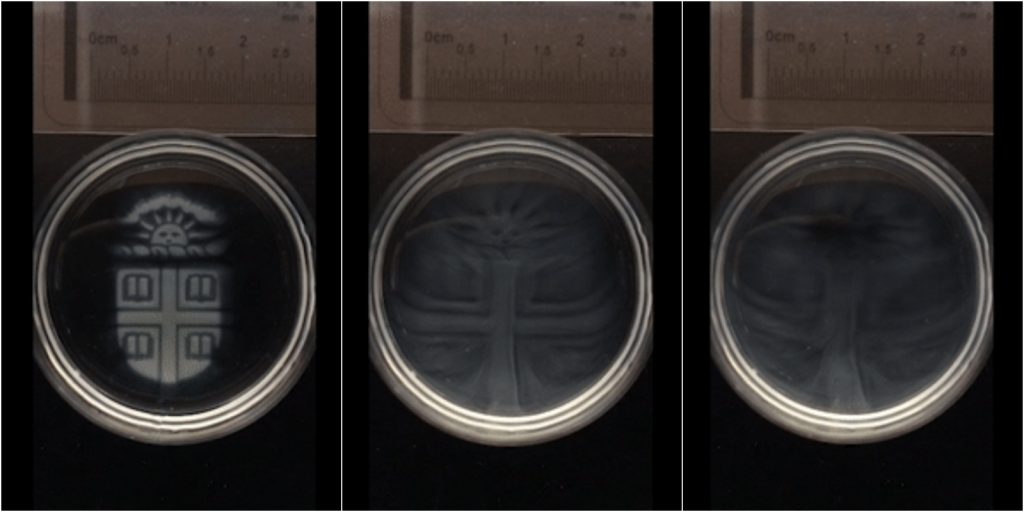A study from the Wong lab at Brown University has given researchers more control over 3D printed polymers.
Supporting a direct-write stereolithography (SLA) approach, specially developed materials allow scientists to reverse the 3D printing process, returning a semi-solid structure to a pre-printed liquid state.

Reversible 3D printing
The liquid-to-solid reaction inside SLA 3D printers is a form of ionic crosslinking, where particles fuse together upon exposure to light. The bonds formed between these molecules are strong, however typically irreversible.
The 3D printable ink developed at Brown succeeds because of ability to remove the ions from the bond after crosslinking. To do this, the researchers take advantage of chemical chelation.
Lego-like deconstruction
Brown’s reversible 3D printer material is an alginate-based hydrogel, laced with different combinations of metallic salts – magnesium, barium and calcium iodides.
Once 3D printed in the ink, a chelating agent is added. This attracts the metallic ion from the structure, ultimately causing dissolution of the solid object.
Speaking to Kevin Stacey for Brown University news Ian Wong, assistant professor and co-author of the research, explains “The idea is that the attachments between polymers should come apart when the ions are removed, which we can do by adding a chelating agent that grabs all the ions.”

Wong adds, “It’s a bit like Legos. We can attach polymers together to build 3-D structures, and then gently detach them again under biocompatible conditions.”
The ionic salt combinations create varying stiffness in the 3D printed hydrogel, which is how the researchers are able to control the rate of degradation. In the example above, it typically takes 15 minutes for the 3D printed Brown University crest to fully dissipate.
Beating cancer
The main application under investigation for this ink is in the fabrication of medical devices, such as microfluidic and organ on a chip models.
Wong’s research expertise is in studying the biophysics of cancer. The supporting paper, published in Lab on a Chip journal, details how the material can be used to study the migration of cancerous cells to form tumors.
The material is also useful for creating complex channels inside a non-dissolvable material, accurately representing vessel structure within the body.
Biocompatibility of the range of materials used in the study is key to the project’s success.
At the Karlsruhe Institute of Technology (KIT) researchers have developed a similar erasable ink for sub-micron stereolithography. Other projects in the past have also used salt as the sacrificial material in DLP 3D printers.
Find more of the latest 3D printing research stories on Facebook, Twitter and in our free newsletter.
Register your interest in 3D printing jobs on our specialist site here.
Featured image: SLA 3D printed logo for Brown University that disappears with the addition of a water-soluble acid. Screenshot via Brown News


